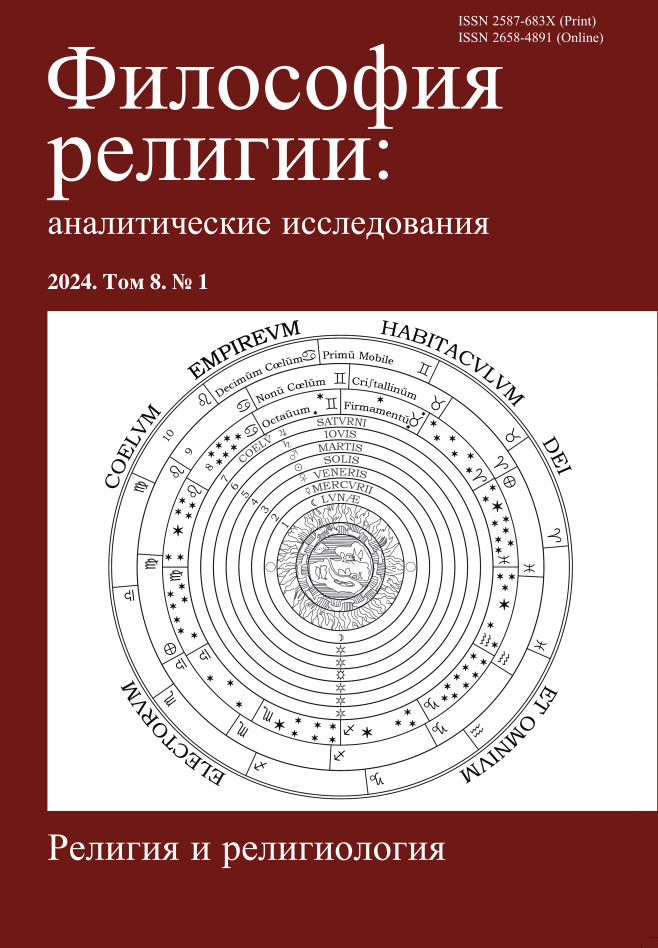Early John Hick on Theistic Religion and His Type of Theodicy
DOI:
https://doi.org/10.21146/2587-683X-2024-8-1-97-117Keywords:
John Hick, Augustine, Irenaeus, theodicy, philosophical theology, Christianity, theism, analytical philosophyAbstract
This paper discusses the most significant issues of John Hick’s philosophical theology in the early period of his work. In this study I trace the relationship between Hick’s personal religious experience and his philosophical intuitions, showing that it was both of these components, mutually influencing each other, that set him on the path of rejection of most of the Christian doctrines. In addition, the study shows that the specificity of Hick’s relationship with Christianity, as well as the principle of religious ambiguity arising from his religious epistemology, determined his further strategy within such a primary project of philosophical theology as theodicy. This conception, designed by early Hick as a Christian response to the problem of evil and named by him as “Irenaean theodicy”, from my point of view, was only partially successful, since the flaws and contradictions it contained were not resolved by him within the framework of the Christian religious paradigm, but only largely contributed to his further shift towards pluralistic worldview. Finally, Hick’s division of the Christian understanding of evil into “Augustinian” and “Irenaean” traditions and their further opposition, as this study demonstrates, is not sufficiently justified, nor is his naming of his own conception as “Irenaean”.

 This work is licensed under a
This work is licensed under a 
